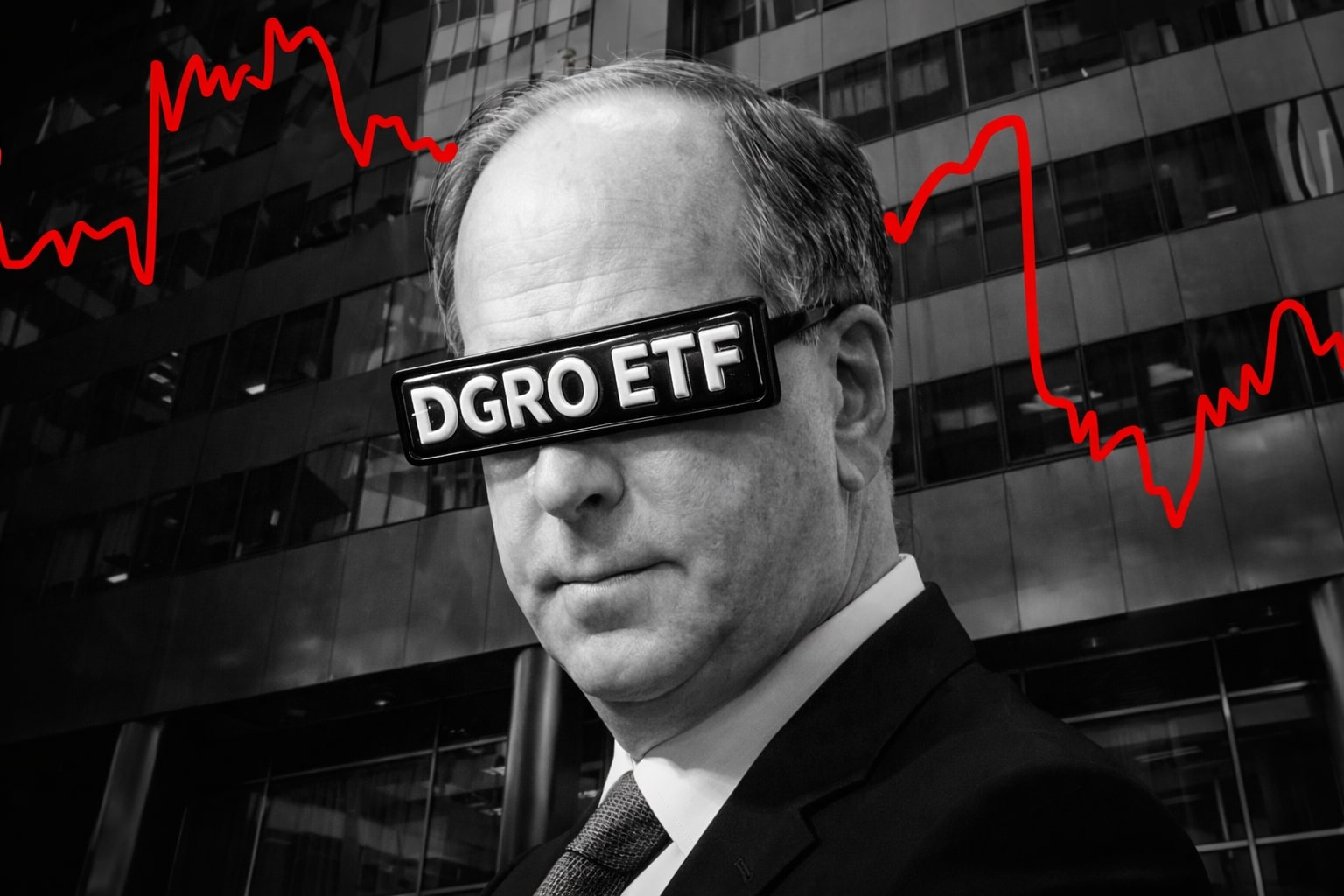
Bitcoin Faces Bearish Pressure as U.S. Tariffs Weigh: What’s Next for BTC-USD?
With Bitcoin's price hovering near $76,200, will it hold above support at $73,000, or is a deeper plunge inevitable? | That's TradingNEWS
Bitcoin's Price Struggles Amid Trade War Turmoil: What Lies Ahead for BTC-USD?
Bitcoin's price has encountered a significant slump in the face of rising global trade tensions and a series of tumultuous market reactions. After hovering around $76,200 on Wednesday, the cryptocurrency faced a 3.59% drop, continuing its bearish trajectory from the previous day. Bitcoin's fall has mirrored the performance of its major counterparts like Ethereum (ETH-USD) and XRP, which have also shown signs of weakness. The technical outlook suggests that Bitcoin is in for a continued downward correction, with analysts predicting potential price levels as low as $73,000.
Bitcoin’s recent drop from a high of $85,000 on April 2 marks a 10.55% decline, with its lowest point this year reaching around $74,500. As of Wednesday, Bitcoin was still struggling to regain momentum, and if this bearish trend persists, there is a realistic possibility that the price could dip further towards the $73,000 support level. The Relative Strength Index (RSI), currently around 33, further confirms the negative outlook, signaling strong bearish momentum.
However, despite the short-term downtrend, Bitcoin holds some room for potential recovery. If it manages to reclaim its daily resistance at $85,000, Bitcoin might see a rally towards $90,000, a critical psychological barrier. The ongoing trade tensions, particularly stemming from President Donald Trump’s tariff policies, have triggered a broader market selloff, causing Bitcoin and other cryptocurrencies to lose significant value. This turbulent environment has put the cryptocurrency market in a precarious position, with Bitcoin’s price fluctuating as geopolitical events unfold.
Ethereum Faces Ongoing Weakness: Can ETH-USD Find Support Below $1,400?
Ethereum's price has been on a downward trajectory, mirroring Bitcoin's struggles. The cryptocurrency failed to sustain levels above $1,861, resulting in a nearly 13% decline last week alone. As of Wednesday, Ethereum fell below its key support level of $1,449, reaching its lowest point since October 2023. Ethereum’s RSI is currently at 23, which is below the oversold level of 30, indicating the cryptocurrency might be undervalued. Nonetheless, there’s a possibility that Ethereum could continue its downward spiral, with support levels at $1,300 being a potential target if the trend persists.
If Ethereum manages to recover, it could see resistance at the $1,700 level, but such a move would require a reversal in market sentiment. The cryptocurrency’s decline seems deeply tied to the macroeconomic environment, including the trade war and the uncertain regulatory landscape. If Ethereum manages to stabilize above its support, there could be room for a recovery, but the market remains volatile.
XRP Struggles to Maintain Support: Will $1.30 Hold?
XRP, like Bitcoin and Ethereum, has encountered a sharp decline in price, losing 6.5% just after testing the 200-day Exponential Moving Average (EMA) at $1.94. The cryptocurrency recently hit a new yearly low of $1.61, further indicating that the bears are in control of the market. If XRP fails to reclaim its support at $1.77, there’s a possibility it will dip further towards its yearly low, with $1.30 being a crucial psychological support level. The RSI on XRP's daily chart is hovering at 30, indicating a near oversold condition, which could signal that the price may be due for a short-term recovery.
However, XRP’s recovery is far from guaranteed. If the bearish trend continues, XRP might struggle to regain any bullish momentum, especially given the overall uncertainty in the crypto market and the potential for further regulatory scrutiny.
Bitcoin and Cryptocurrency Market Analysis Amid Trade Tensions
The broader cryptocurrency market has been struggling under the weight of global economic factors, most notably the escalating trade war between the U.S. and China. Bitcoin’s fall from nearly $110,000 in January to its current levels around $76,000 is part of a larger decline seen across major cryptocurrencies. As Bitcoin faces significant downward pressure, fears of a looming recession and ongoing trade tensions continue to weigh on investor sentiment.
The U.S. President’s aggressive tariff policies have created an environment of uncertainty, resulting in a sharp market selloff, particularly in cryptocurrencies. The impact of these tariffs has spilled over into other markets as well, with major stocks like those of Bitcoin-related companies, such as NVIDIA Corporation (NVDA) and Robinhood Markets, Inc. (HOOD), suffering due to investor concerns over market volatility. This uncertainty has led many investors to reevaluate their positions, resulting in a continued period of negative sentiment in the broader crypto market.
Bitcoin's price has yet to recover from this massive selloff, but it has shown some resilience, bouncing back to around $83,000 recently after President Trump’s announcement of a 90-day pause on tariffs. The pause in tariffs was seen as a temporary relief for markets, helping Bitcoin regain some of its losses. However, the rebound was short-lived, and many traders remain cautious. The shift in sentiment, as reflected in Bitcoin futures and options markets, suggests that there’s a strong uncertainty among investors regarding the future of Bitcoin prices. While the Bitcoin futures premium briefly rose above 5%, it failed to maintain momentum, suggesting a lack of sustained bullish sentiment.
Is Bitcoin Positioned for a Major Bull Run, or Will Tariffs Continue to Dominate the Market?
Bitcoin’s outlook remains uncertain in the short term, as ongoing tariff-related market volatility continues to weigh on the broader crypto market. The recent tariff policies from the Trump administration have sparked fears of a prolonged trade war, and until the geopolitical landscape stabilizes, Bitcoin and other cryptocurrencies will likely continue to face headwinds. The fluctuations in U.S. Treasury yields, concerns over inflation, and a potential recession all add to the uncertainty surrounding Bitcoin's price.
Despite these challenges, Bitcoin has shown historical resilience, with previous cycles of rapid growth following periods of market turmoil. Bitcoin’s strong growth potential remains intact, especially if the Federal Reserve begins to cut interest rates, providing a more favorable environment for cryptocurrencies. However, until then, investors will likely continue to tread cautiously, with many eyeing the $73,000 support level as the next key milestone for Bitcoin's price action.
Given the current market conditions, Bitcoin remains a highly volatile asset with both significant risks and considerable upside potential. Traders will need to closely monitor macroeconomic factors, regulatory developments, and geopolitical tensions to determine whether Bitcoin can break through its resistance levels or if it will continue to face downward pressure.
Read More
-
DGRO ETF Price: Is DGRO at $69.17 Still the Better Dividend-Growth Bet?
17.12.2025 · TradingNEWS ArchiveStocks
-
XRP Price Stuck Below $2 As XRPI at $10.74 and XRPR at $15.26 Ride $1B+ ETF Inflows
17.12.2025 · TradingNEWS ArchiveCrypto
-
Natural Gas Price Forecast - NG=F Steady Near $4 as TTF Jumps on Colder Forecasts and LNG Outage Risk
17.12.2025 · TradingNEWS ArchiveCommodities
-
USD/JPY Price Forecast: USDJPY=X 155.50 Pivot Before BoJ Hike and US CPI
17.12.2025 · TradingNEWS ArchiveForex

















